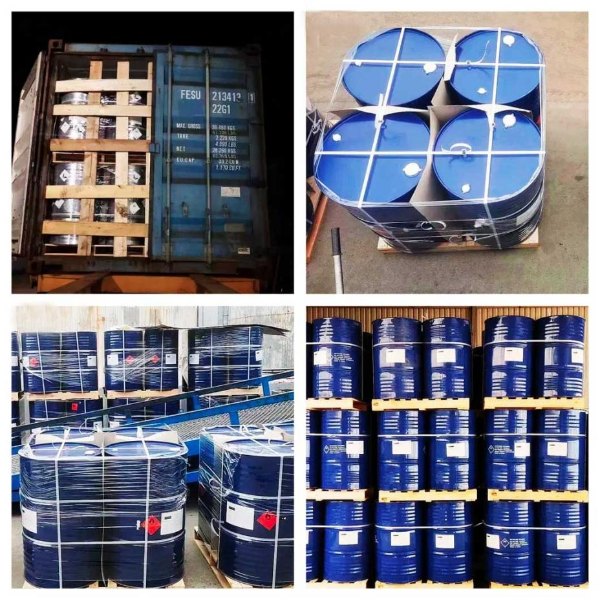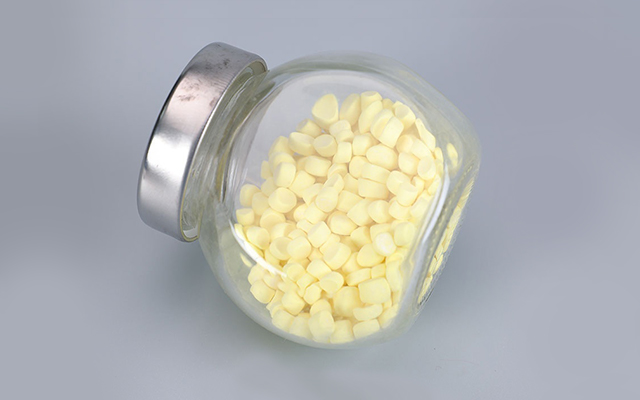Acetic Acid
Acetic acid, a colorless liquid with a pungent odor, is a vital chemical compound with the molecular formula CH3COOH. Predominantly recognized as the principal component in vinegar, it is produced through the fermentation of ethanol by acetic acid bacteria. This weak acid finds extensive use in the food industry for preserving and flavoring, adding tanginess to various culinary delights.
Beyond its culinary role, acetic acid plays a pivotal role in industries such as chemicals and textiles, serving as a crucial intermediate in the synthesis of various chemicals and as a solvent in textile processing. Moreover, its involvement in essential biochemical processes underscores its significance in the biological realm. Its versatile applications highlight acetic acid’s importance in both industrial and everyday contexts.

Functions and Characteristics
- Chemical Structure: Acetic acid has the chemical formula CH3COOH, consisting of two carbon atoms, four hydrogen atoms, and two oxygen atoms. Its molecular structure contributes to its distinct properties.
- Acidity: As a weak acid, acetic acid partially ionizes in water, releasing hydrogen ions (H+). This characteristic makes it effective in processes like pickling and food preservation.
- Odor and Color: Acetic acid possesses a sharp, pungent odor, which is notably familiar in vinegar. In its pure form, it is a colorless liquid, adding transparency to its appearance.
- Biological Significance: Acetic acid is involved in crucial biochemical processes within living organisms. It plays a role in cellular metabolism and energy production, contributing to its importance in the biological realm.
- Solvent Properties: Due to its polarity and ability to dissolve various substances, acetic acid serves as a solvent. This property is particularly valuable in textile processing, where it aids in dyeing and finishing fabrics.
- Hygroscopic Nature: Acetic acid is hygroscopic, meaning it readily absorbs water from the surroundings. This property influences its behavior and applications in different environments.
- Industrial Applications: Its versatile chemical nature makes acetic acid a key player in industries such as chemicals, where it acts as an intermediate in the synthesis of various compounds, showcasing its role beyond the kitchen.
- Versatility: Acetic acid’s versatility is evident in its ability to be used for multiple purposes, including food preservation, chemical synthesis, textiles, and as a cleaning agent. This adaptability makes it a valuable and widely utilized compound across various sectors.
| Indexes | GB/T 1628-2008 | ||
| Best grade | First grade | Qualified | |
| Color(APHA)(Pt-Co), ≤ | 10 | 20 | 30 |
| Acetic acid,% ≥ | 99.8 | 99.5 | 98.5 |
| Water,% ≤ | 0.15 | 0.20 | —— |
| Formic acid,% ≤ | 0.05 | 0.10 | 0.30 |
| Acetaldehyde,% ≤ | 0.03 | 0.05 | 0.10 |
| Evaporation residue,% ≤ | 0.01 | 0.02 | 0.03 |
| Iron(Fe),% ≤ | 0.00004 | 0.0002 | 0.0004 |
| Permanganate time,min ≥ | 30 | 5 | —— |
Major Applications
Biomedical Research
In laboratories, acetic acid is employed for various applications, such as cell fixation and staining. It plays a role in certain laboratory techniques and research methodologies.

Cleaning Agent
Due to its antimicrobial properties, acetic acid is used as a cleaning agent and disinfectant. It is effective against bacteria and molds, making it suitable for household cleaning purposes.

-
Packing, transportation and storage
It shall be packed into dlean stainless steel or ferric tanker or clean, dry and strong steel drum in dry and well ventilated area, being prevented from moisture. The drum shall be tightly sealed and conform to the regulations of transportation and storage of dangerous goods
Careful handing is necessary to avoid damage of the container. Personal protection measures shall be provided. -
Safety
It causes iritation to eyes, skin, respiratory tract and may has impact am herwous systenn. Plenty of water and saline should be used if it spills into skin and eyes,and immediate medical treatment needl to be talkenr.
Highly flammalble.Vapors can form exnhasive inixtute-witlr air. Ignition and high temperature may cause fire and explosion. It can react severely with oxidizing agent. Vapors may accumulate in low areas and travel a considerable distance to a source of ignition and flash back.
In Needs of Rubber Vulcanization Accelerators Solution?


